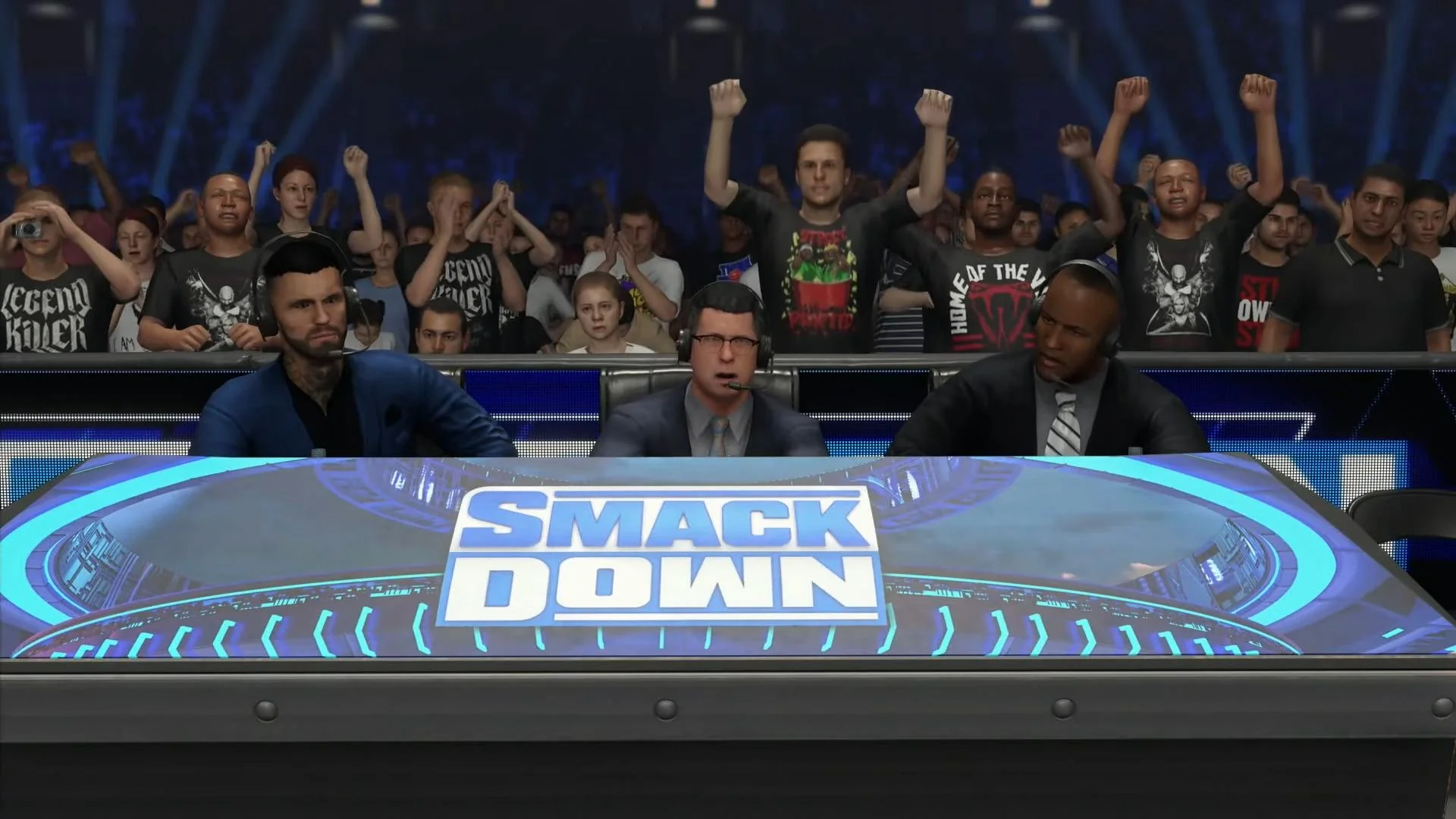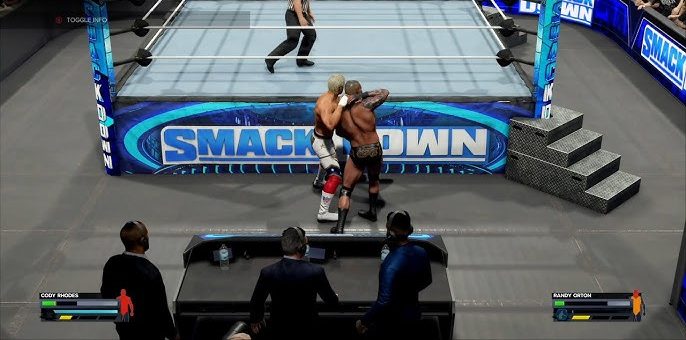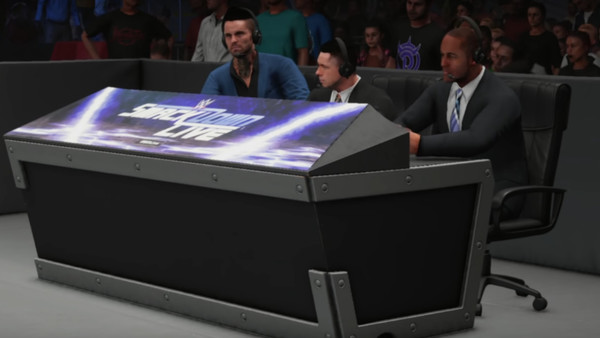The WWE 2K series has been a staple for wrestling fans, offering immersive gameplay and a deep roster of superstars. One of the most important aspects of the game that has seen significant evolution over the years is its commentary. While earlier versions of WWE games featured repetitive and robotic lines, modern iterations have made significant strides toward realism and dynamic play-by-play narration. Let’s explore how WWE 2K’s commentary has evolved over the years from basic and lifeless to engaging and authentic.
1. The Early Days: Repetitive and Robotic Commentary
The early WWE video games, particularly during the PlayStation 1 and PlayStation 2 eras, had rudimentary commentary. Games like WWF War Zone (1998) and WWF SmackDown! 2000 featured minimal voice lines, often repeated throughout a match. The commentary felt disconnected, with robotic delivery and awkward pauses that failed to capture the excitement of live WWE broadcasts.
Even as technology improved with titles like SmackDown vs. Raw (2004-2011), commentary remained a weak point. Jim Ross, Jerry Lawler, and Michael Cole provided voiceovers, but their dialogue was often fragmented and overused, breaking immersion rather than enhancing it.
2. The Transition to WWE 2K: A Step Toward Authenticity
With 2K Sports taking over the WWE gaming franchise in 2013, commentary saw gradual improvements. The developers aimed to create a more authentic broadcast experience, but early WWE 2K entries still suffered from repetition. WWE 2K14 and WWE 2K15 featured new commentary lines, but they were still stitched together awkwardly, making conversations sound unnatural.
However, the inclusion of Jerry Lawler, Michael Cole, and JBL in WWE 2K16 introduced a more structured approach. Commentators engaged in dialogue, reacting to in-ring action more fluidly. Despite some clunky transitions, this was a notable improvement over past games.

3. Enhanced Commentary in WWE 2K18 and WWE 2K19
The commentary team saw further enhancements with WWE 2K18 and WWE 2K19. These games introduced a fresh dynamic by including Byron Saxton alongside Corey Graves and Michael Cole. The trio’s chemistry in real-life broadcasts translated better into the game, leading to more natural exchanges.
More contextual commentary was also introduced. The commentators now reacted to specific moves, rivalries, and storylines, making the matches feel like authentic WWE broadcasts. Despite these strides, occasional glitches and repetitive lines persisted.
4. Major Overhaul in WWE 2K22: A Game-Changer
Following the disastrous reception of WWE 2K20, the franchise took a two-year hiatus before releasing WWE 2K22. This installment featured a massive overhaul in gameplay and presentation, with commentary receiving one of the most significant improvements.
Michael Cole and Corey Graves recorded extensive dialogue to minimize repetition. New commentary focused on career modes, rivalries, and match conditions, enhancing immersion. The lines were more fluid, eliminating awkward pauses and making the experience feel closer to an actual WWE television broadcast.

5. WWE 2K23 and Beyond: The Future of Commentary
Building on the success of WWE 2K22, WWE 2K23 further refined commentary with even more contextual awareness. The commentary team adapted to in-game story progression, seamlessly blending into the action. New AI-driven improvements allowed for real-time reactions, making each match feel unique.
Looking ahead, future WWE 2K games will likely incorporate advancements in AI voice synthesis and machine learning to deliver an even more dynamic and realistic commentary experience. The potential for live updates to reflect real-world WWE events could further revolutionize how commentary interacts with gameplay.


